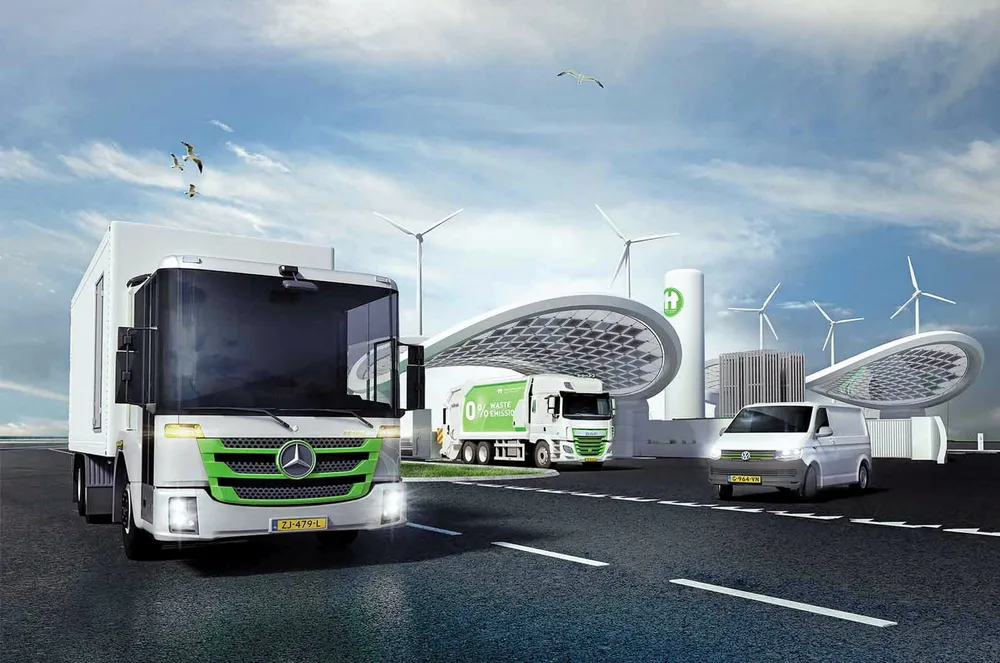Netherlands unveils €150m plan to subsidise hydrogen trucks, vans, buses and filling stations
Up to €300,000 will be available per vehicle, and €2m per filling station, consultation documents reveal

Up to €300,000 will be available per vehicle, and €2m per filling station, consultation documents reveal
